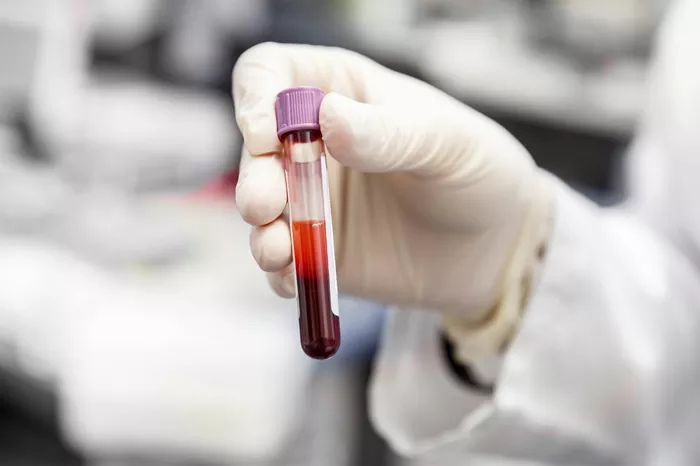February is American Heart Month, a time to focus on cardiovascular health. One common method for assessing heart disease risk is a cholesterol test. But is a traditional lipid blood test enough to accurately predict heart disease?
A standard cholesterol test checks the levels of “good” high-density lipoprotein (HDL) and “bad” low-density lipoprotein (LDL) cholesterol. High LDL and low HDL levels generally signal a higher risk for heart disease. However, some experts argue that this test may miss warning signs in certain people. They suggest measuring apolipoprotein B (ApoB) levels might provide a clearer picture of heart disease risk.
Apolipoprotein B is a protein found in harmful cholesterol particles like LDL. It’s also present in very low-density lipoproteins (VLDL) and intermediate-density lipoproteins (IDL), which are associated with higher heart disease risk. However, traditional cholesterol tests don’t measure VLDL or IDL cholesterol.
Dr. Ann Marie Navar, a cardiologist at UT Southwestern Medical Center, explained that these particles are crucial, but they’re not picked up in routine lipid panels. To explore the value of ApoB testing, Navar and her colleagues conducted a study published in JAMA Cardiology last summer. They analyzed data from over 12,000 adults who took both standard cholesterol and ApoB tests. Their findings revealed that some seemingly healthy individuals had high ApoB levels despite normal LDL readings. This suggests that regular cholesterol tests might miss important risk factors, leaving these people vulnerable to heart disease.
The advantage of the ApoB test is that it detects both VLDL and IDL cholesterol levels, making it more sensitive than the traditional lipid panel. However, not everyone needs such a detailed breakdown. Dr. Navar explained that in most cases, a high LDL reading on a lipid panel already signals an increased risk of heart disease. For these individuals, an ApoB test isn’t necessary.
But for those with a condition called discordance—where LDL levels are normal but ApoB levels are high—an ApoB test could be crucial. People with metabolic diseases like diabetes and obesity are more likely to experience discordance, but it can also occur in metabolically healthy individuals.
Dr. Navar, a preventive cardiologist, recommends that her patients opt for the ApoB test, especially if they have conditions that may lead to discordance. ApoB is less prone to measurement errors than LDL cholesterol, making it a more reliable test, she said. Additionally, patients don’t need to fast before an ApoB test, unlike some cholesterol tests.
However, not all experts agree that ApoB tests should replace standard lipid panels. Dr. Seth Martin, a cardiologist at Johns Hopkins University, pointed out that while ApoB tests are useful, they are not necessarily superior. He believes that both tests should be used together to provide a more complete assessment of cholesterol and heart disease risk.
Despite its advantages, ApoB testing has some challenges. It’s not always readily available, and some labs charge an extra $20 to $30 for the test, which can be a barrier for some patients. Additionally, many healthcare providers are not familiar with ApoB testing, and there is little guidance on what constitutes a healthy or unhealthy ApoB level. Some studies suggest that ApoB levels above 130 milligrams per deciliter are unhealthy, while others set the threshold closer to 105 milligrams per deciliter.
Because of these issues, the medical community still prefers standard cholesterol tests. However, if you have a condition like diabetes or obesity and your cholesterol levels appear normal on standard tests, it may be worth discussing the ApoB test with your doctor.
Ultimately, while ApoB testing can provide a more complete picture of heart disease risk, it is only one part of the equation. Lifestyle changes, such as managing blood pressure and blood sugar levels, staying active, and maintaining a healthy weight, are crucial in preventing heart disease. It’s also essential to follow your healthcare provider’s treatment plan.
Read more:
- What Is LDL Cholesterol: Complete Guide
- How To Tell Viral From Bacterial Infection?
- UNAIDS Warns Of HIV Surge If U.S. Cuts Funding.


